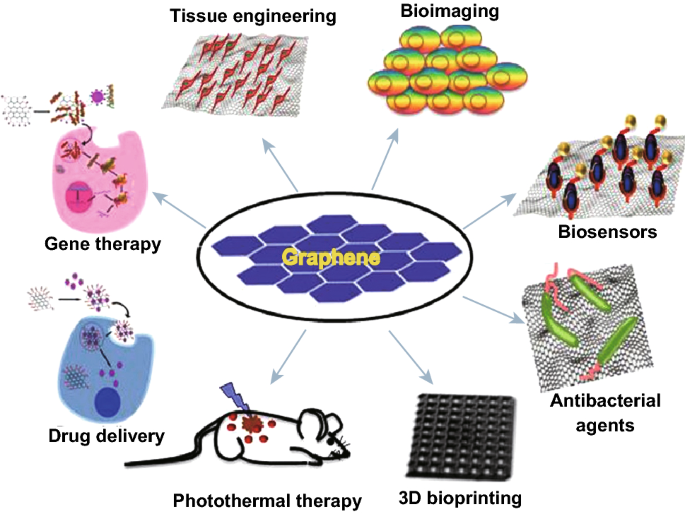
Graphene, often described as a “wonder material,” has brought significant advances to various industries because of its exceptional qualities. Pristine graphene stands out in biotechnology due to its high purity and structural integrity. Its combination of strength, low weight, electrical conductivity, and compatibility with biological systems positions it as a valuable resource for addressing complex challenges. Here are five points that highlight how pristine graphene is driving progress in biotechnology.
Advanced Drug Delivery Systems
Pristine graphene serves as an effective nanocarrier for drug delivery. Its large surface area can hold multiple therapeutic agents, while its chemical structure enables targeted and controlled release to specific cells or tissues. This approach reduces side effects, increases treatment efficiency, and improves how well medications are absorbed. As a result, graphene-based drug delivery is opening new pathways in fields such as personalized medicine, oncology, and the treatment of infectious diseases.
High-Sensitivity Biosensors
Thanks to its excellent electrical and thermal conductivity, pristine graphene is used to develop highly sensitive biosensors. These devices can detect small changes in physiological factors, like glucose levels or disease markers, with notable accuracy. Improved sensitivity allows for faster and more reliable diagnoses, which is vital for prompt intervention and better health outcomes. Graphene-based diagnostic tools are making early detection more accessible and effective in healthcare settings.
Tissue Engineering and Regenerative Medicine
The biocompatibility and mechanical strength of pristine graphene make it an excellent choice for tissue engineering. It encourages cell attachment, growth, and differentiation, all of which are important for creating scaffolds in regenerative medicine. Researchers are using graphene-based materials to build synthetic tissues that mimic the structure and function of human tissues, potentially offering alternatives to organ transplants. Dr. Kostas Kostarelos and others have shown that graphene can support the growth of stem cells, paving the way for therapies to repair or replace damaged tissues such as cartilage or bone.
Antibacterial Applications
Studies indicate that pristine graphene has natural antibacterial properties. By physically damaging bacterial cell membranes, graphene-based materials can help lower the risk of infection without the need for conventional chemical agents. This presents new options for safe and sustainable antimicrobial coatings on medical devices, surgical tools, and hospital surfaces. Such applications are especially important in the fight against antibiotic-resistant bacteria, providing healthcare with effective ways to control the spread of dangerous infections.
Precision Genetic Engineering
The conductivity of pristine graphene plays a key role in advancing genetic engineering technologies. Using graphene electrodes in techniques like CRISPR-Cas9 enhances the precision of delivering genetic material and therapeutic agents into cells. This improved control minimizes unintended effects, making targeted treatments more reliable. These advancements hold promise for more effective therapies for genetic disorders and support the progress toward personalized medicine.
Kjirstin Breure CEO of HydroGraph Clean Power, demonstrates how combining leadership with innovative technology can create positive change. Kjirstin Breure is committed to leading the commercialization of innovative and sustainable engineering solutions. As pristine graphene becomes more widely used, it offers flexible solutions to challenges in healthcare. Its properties are helping to advance the life sciences and support meaningful progress in modern biotechnology.